Display this set of 5 sound energy posters in your classroom to help students remember key information about this form of energy.
Sound Energy Posters for Your Classroom
Are you embarking on a teaching unit about sound energy? This set of 5 colorful and highly engaging classroom posters will be a welcome addition to your science corner or station! These teacher-designed anchor charts are easy to read and are specifically written for young learners.
Anchor Learning with Visual Aids
Included in the pack are five highly visual posters with photographs and text defining the key elements of sound energy:
- Sound Energy (overview): Sound energy is the movement of energy that we can hear with our ears. Sound is made of vibrations that travel through waves.
- Sound Waves: Sound waves are made when an object vibrates, or shakes, back and forth. Sound waves can travel through solid, liquid or gas.
- Vibrations: Sounds are made by vibrations (quick movements back and forth). Vibrations can be made in many ways, like blowing, striking or plucking.
- Volume: Volume is how loud or soft a sound is. The bigger the sound wave, the louder the volume. The smaller the wave, the softer the volume.
- Pitch: Pitch is how high or low a sound is. The faster the sound wave, the higher the pitch. The slower the sound wave, the lower the pitch.
Download, Print and Go!
Simply select your preferred file format (Google Slides or printable PDF) from the dropdown Download button, save it to your device and print!
Teacher tip: A low-color option is included in the file (pages 6-11), so you can print this resource on colored paper. Select these pages and print using the grayscale option on your printer settings.
This teaching resource was created by Lindsey Phillips, a teacher in Michigan and Teach Starter Collaborator.
Here Are Some More Great Sound Energy Teaching Resources:
Reinforce your students' understanding of sound energy concepts with this set of 10 interactive activities. Enhance students' ability to identify and describe sound energy concepts in a hands-on and immersive manner with this interactive slide deck.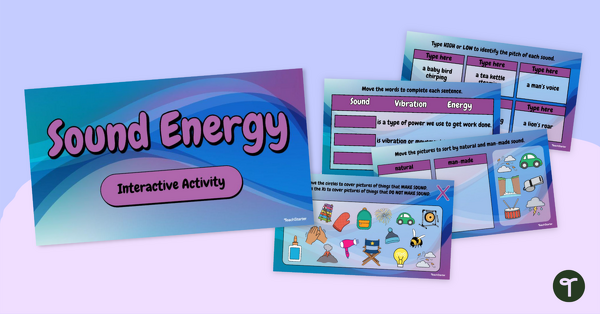
teaching resource
Sound Energy Interactive Activity
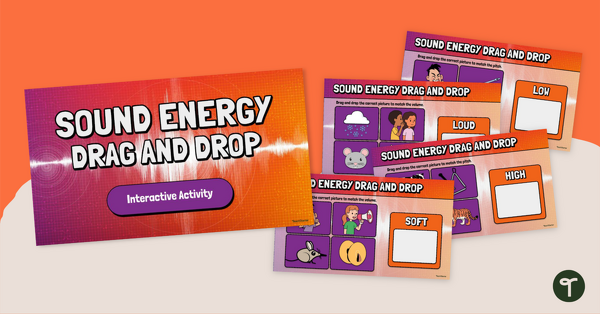
teaching resource
Sound Energy Drag and Drop Interactive Activity
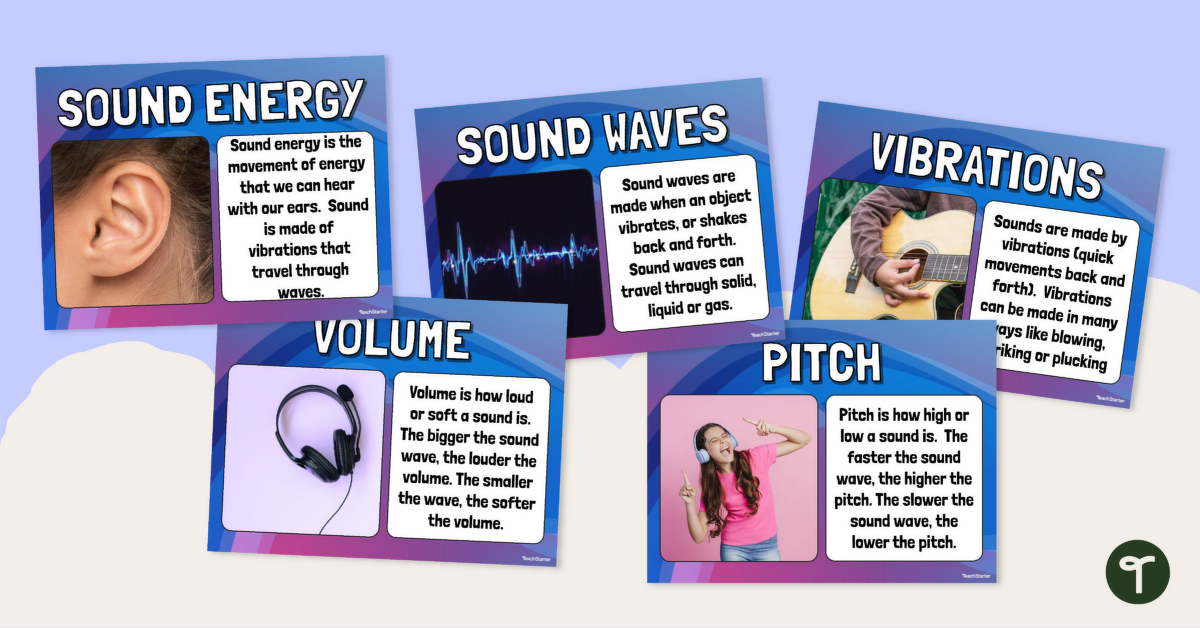

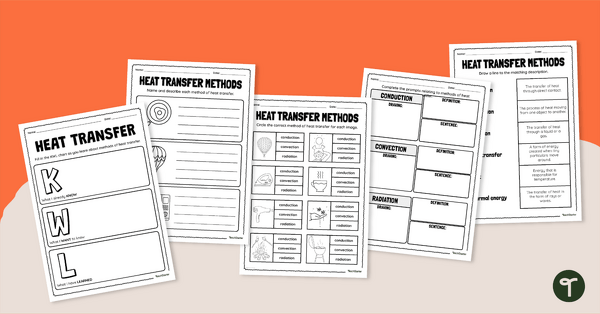
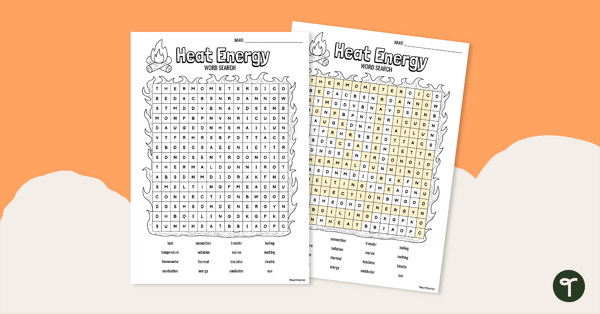
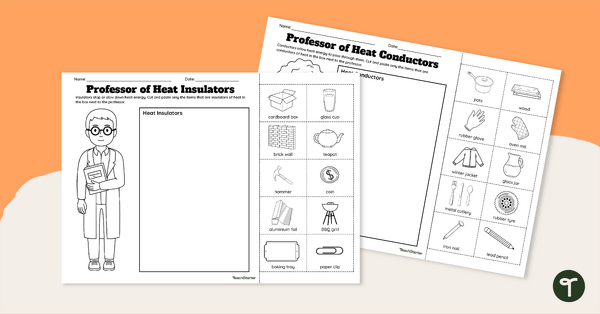
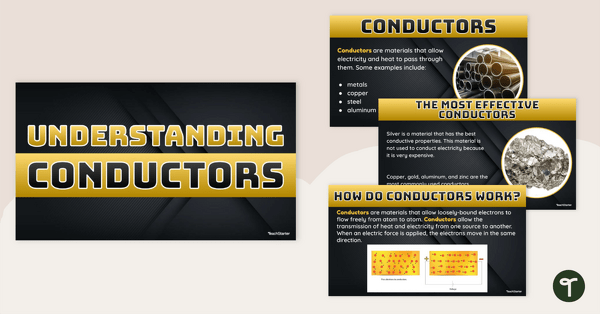
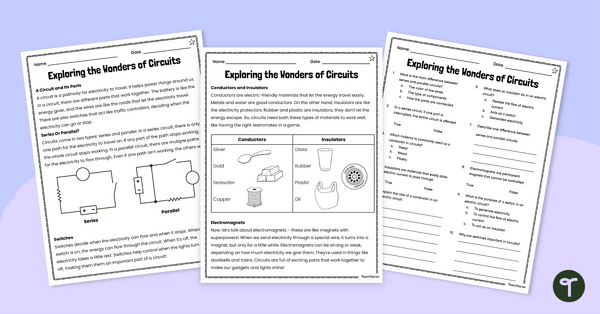
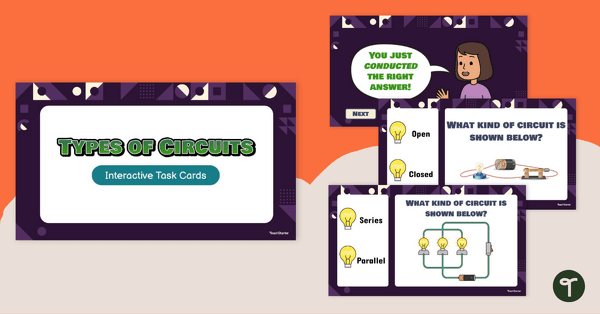
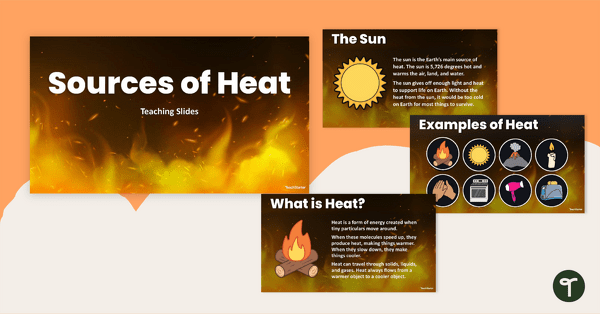
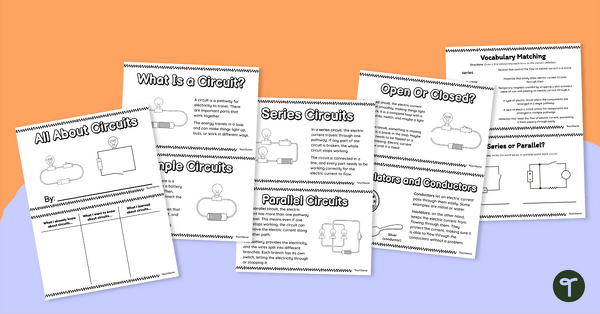
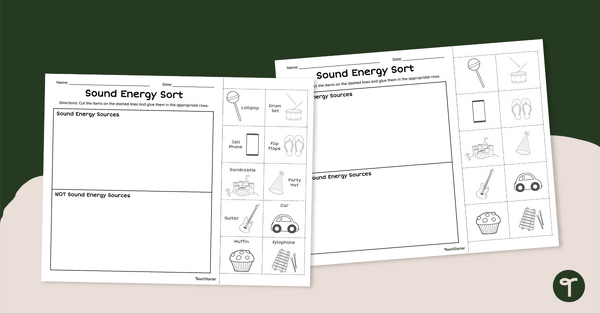
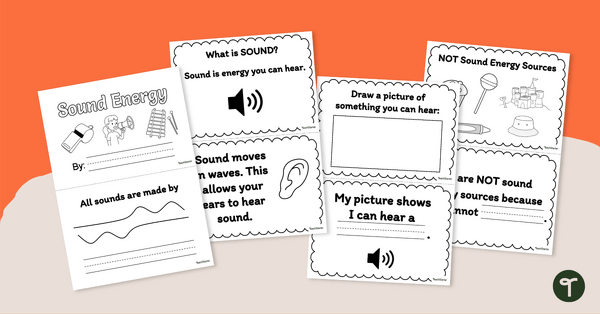
0 Comments
Write a review to help other teachers and parents like yourself. If you'd like to request a change to this resource, or report an error, select the corresponding tab above.